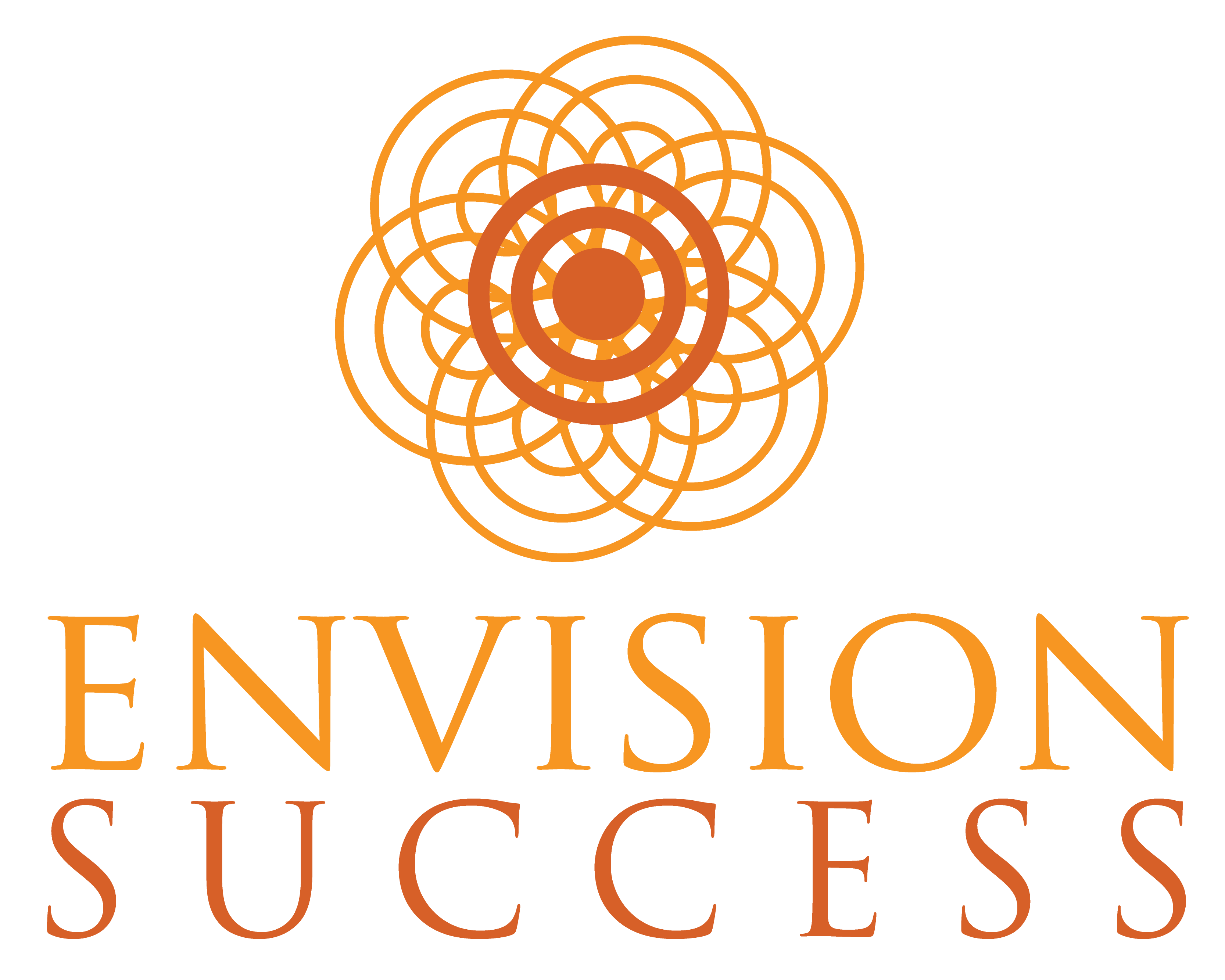Are you accidentally sending mixed signals in important meetings with your harsh perfectionist vibe? These simple changes made a huge difference for me!
Welcome to the first in a series of posts I’ll be sharing on Overcoming Perfectionism! So…I don’t look perfect. Yep, that’s right- I’ve posted that crazy video anyway, partly as a challenge to prove to myself I have actually evolved. More on my stumbles through this growth later.
First, let me share an epiphany that I had: Many business owners have perfectionist tendencies, but those who are successful either never had the perfectionist thing, OR they have found ways to constantly be overriding their perfectionism quirks in order to drive their business forward more quickly than they are comfortable with.
I’m excited to delve into a topic that comes up with clients fairly often, especially regarding sales meetings and conversations with employees. In the spirit of accelerating your success, let’s address possible pitfalls in your communication style.
You know what I’m talking about, right? Ladies- you’ve encountered this in the cocktail party/bar scene when someone is hitting on you and they seem a little off. They are attractive and dressed OK, but there’s something not-quite-right…you don’t need to be told twice to stay away from them. Something in your gut is screaming “Creepy! Run!” Guys, I’m sure you have your own examples.
When applied to business, you do NOT want to accidentally be the one who’s “off” because you’re stress level is too high, you’re worrying about not being good enough, and/or you are getting bogged down in details that don’t matter that much.
We all know that nonverbal communication matters far more than verbal when we’re speaking with others, right? So it should come as no surprise that what we have going on internally affects our nonverbal communication, and therefore affects the quality of understanding between parties. It follows then, if I suggest to you exercises to get your “head on straight” or “your game face on,” you will see the value of doing so (because it’s logical), but you will still resist because it’s touchy-feely. I know because that’s pretty much how I still feel about it.
I do it anyway, and have realized that it is a natural part of being human to consider how we’re going to approach a conversation before we actually sit down, speak, or listen to another person, especially when we’re invested in the outcome. We may not realize we do this already as we’re imagining the various objections they might have to our proposal, or doing the happy dance when we expect a transaction to go really well. When we learn to approach a conversation intentionally with positive expectations, it can be a real game-changer!
Unfortunately, some of us were wired to (or conditioned to) approach all communication with others as suspicious, incorrect, or even intentionally manipulative. The reality is we won’t get far in our business or personal relationships with this approach. Good news! There are specific tactics that will help even the most critically analytical people with poor verbal skills improve the nonverbal stuff: the energy, aka “the vibes” they are bringing with them.
These 3 steps are deceptively simple. Don’t let that distract you from their power to help you change your results. I challenge you to use these to prepare for better conversations for the next 30 days (sales meetings, staff meetings, announcements, :
- Learn to relax harsh judgments on yourself. Remind yourself of your past successes. Realize too, that if you’re using a different scale, things may never measure up…
- Consider what you’d really like to see happen. Daydream for a minute or two about the awesome possibility that everyone could get what they want. Is there a creative solution that has bigger value than following the rules? Take an approach of seeking mutual benefit every time.
- Establish a “pre-shot routine” (similar to world-class golfers). Yes, be organized and professionally prepared. Yes, observe personal and meeting etiquette guidelines. ALSO, add in a means for allowing yourself to feel gratitude immediately prior to your communication. (Why this works: Because your mind cannot be in both a negative and positive frame at the same time, you choose the one that will get you better results, that invites more open communication from others, more honesty, and more creativity. You certainly don’t have to take my word for it- go ahead & do some recon…)
Here’s a Quick & Dirty on some of the Are You a Perfectionist? check-ins:
- You totally get this one: “I can’t let them see my inner ooey-gooey core, so I built up an impenetrable wall & don’t share personal details”
- Others are frustrated by your worrying and being “down in the weeds”
- If you’re using a different scale, they’re always failing (and you might be too)
- People sometimes might think you are more interested in being right than getting along
- It is difficult when someone else’s perspective seems to make more sense to everyone in the group, but you feel it is factually incorrect
- You rarely, if ever, play the “what if” game using only best-case scenario outcomes
Now- quit worrying all over yourself and go make something kick-ass happen!
xoxo, Heather
PS- Share your success stories in the comments. What has helped you?
The paradigm shift I get from coaching with Heather happens because we step back from what's going on day-to-day and refocus where I spend my energies. This has allowed me to optimize my potential in a much faster fashion than I ever would have on my own.
